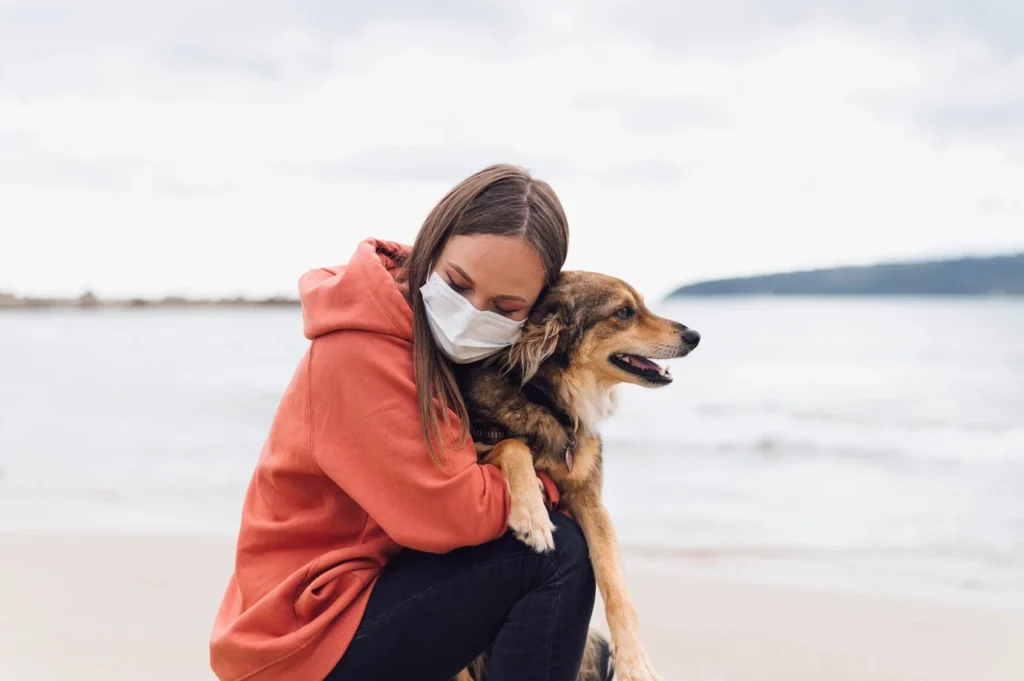-
P, 193, A, Ramakrishna Samadhi Rd,Kolkata- 700054
P, 193, A, Ramakrishna Samadhi Rd,Kolkata- 700054

Climate change on pet health is becoming a growing concern, affecting everything from allergies to serious diseases. Rising temperatures, poor air quality, and extreme weather conditions can have long-term effects on pets, making it essential for owners to stay informed. Seeking advice from a reputed pet clinic can help pet parents understand preventive measures, recognize early symptoms of climate-related health issues, and ensure their pets remain healthy despite environmental challenges.

Climate change on pet health is more than just a global issue—it’s a direct threat to the well-being of our beloved pets. As temperatures rise, weather patterns become unpredictable, and air pollution worsens, animals face increased risks of heatstroke, respiratory diseases, parasite infestations, and anxiety due to extreme weather events.
Just like humans, pets are vulnerable to environmental changes. They rely on us to provide them with a safe and healthy environment. However, with climate change on pet health accelerating at an alarming rate, pet owners must take proactive steps to safeguard their furry companions.
In this article, we will explore the impact of climate change on pet health, what signs to look out for, and actionable steps to protect your pets from these growing environmental challenges.

Climate change brings about several environmental shifts that directly affect the health and wellness of pets. Below are some of the most significant ways it can impact them:
One of the most immediate threats to pet health is the increasing global temperature. With heatwaves becoming more frequent, pets—especially dogs and cats—are highly susceptible to heat exhaustion and heatstroke.
Unlike humans, pets have limited ability to regulate their body temperature. Dogs cool down primarily through panting, and cats rely on grooming to release heat. When temperatures rise too high, these mechanisms become ineffective, putting them at risk of heat-related illnesses.
Warmer climates create the perfect breeding ground for ticks, fleas, and mosquitoes—parasites that can spread serious illnesses to pets. Diseases such as Lyme disease, heartworm, and tick fever are becoming more prevalent due to climate change.
Air pollution is another major consequence of climate change that affects pets. Increased levels of smoke, dust, and toxins in the air can lead to respiratory distress, particularly in pets with pre-existing conditions like asthma or bronchitis.
Hurricanes, floods, wildfires, and severe storms are increasing in frequency due to climate change. These events don’t just disrupt human lives—they also cause extreme stress and anxiety in pets.
Loud noises from thunderstorms and fireworks can trigger panic attacks in pets, leading to destructive behavior or even attempts to escape. Displacement due to natural disasters also puts pets at risk of injury, abandonment, and food shortages.
Climate change is also affecting agriculture, leading to disruptions in pet food production. Droughts, floods, and soil degradation are causing shortages in key ingredients used in pet foods, leading to higher prices and lower-quality nutrition.
Switching to eco-friendly pet products can significantly reduce your pet’s carbon footprint (or “pawprint”).

Yes, increased pollen levels and air pollution can trigger allergies in pets, causing skin irritation, itching, and respiratory issues.
Watch for signs like excessive panting, red gums, weakness, and vomiting. Immediate cooling and hydration are crucial.
While not mandatory, opting for sustainable and high-quality nutrition can improve pet health and reduce environmental impact.
Prepare an emergency kit, stay informed about weather alerts, and ensure your pet has a safe and comfortable space indoors.
Yes, even indoor pets are affected by air pollution, temperature changes, and food supply disruptions.
Climate change on pet health is a growing concern that all pet owners need to be aware of. Rising temperatures, pollution, extreme weather, and increased parasite activity pose significant threats to our furry companions. However, with the right knowledge and preventive care, we can help our pets adapt to these environmental changes and keep them healthy.
If you’re looking for expert advice on how to protect your pet from climate-related health risks, consult the best pet clinic in Kolkata. Taking proactive steps today will ensure your pet enjoys a long, happy, and healthy life despite the challenges posed by climate change.